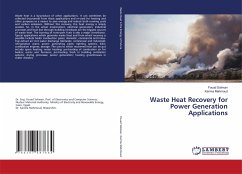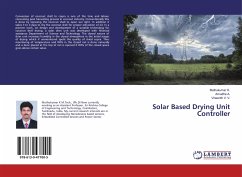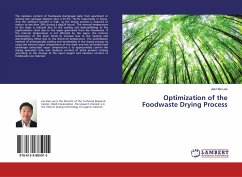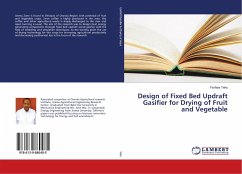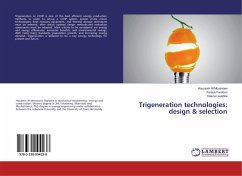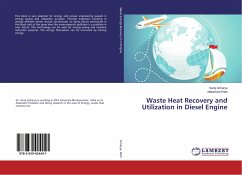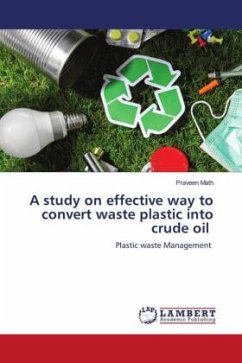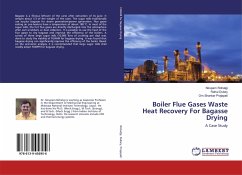
Boiler Flue Gases Waste Heat Recovery For Bagasse Drying
A Case Study
Versandkostenfrei!
Versandfertig in 6-10 Tagen
36,99 €
inkl. MwSt.

PAYBACK Punkte
18 °P sammeln!
Bagasse is a fibrous leftover of the cane after extraction of its juice. It weighs about 1/3 of the weight of the cane. The sugar mills traditionally use surplus bagasse for steam generation/power generation. Flue gases exiting air pre-heaters have a temperature of about 180 °C. In most of the sugar mills, the hot flue gases are directly discharged into the atmosphere after wet scrubbers or dust collectors. It is possible to use the heat of the flue gases to dry bagasse and improve the efficiency of the boilers. A survey of three large sugar mills (10,000 Tons of crushing per day) was done to...
Bagasse is a fibrous leftover of the cane after extraction of its juice. It weighs about 1/3 of the weight of the cane. The sugar mills traditionally use surplus bagasse for steam generation/power generation. Flue gases exiting air pre-heaters have a temperature of about 180 °C. In most of the sugar mills, the hot flue gases are directly discharged into the atmosphere after wet scrubbers or dust collectors. It is possible to use the heat of the flue gases to dry bagasse and improve the efficiency of the boilers. A survey of three large sugar mills (10,000 Tons of crushing per day) was done to study the viability of FGWHR for bagasse drying. It was found that bagasse drying can significantly improve the efficiency of the boiler. Based on the economic analysis, it is recommended that large sugar mills shall readily adopt FGWHR for bagasse drying.



